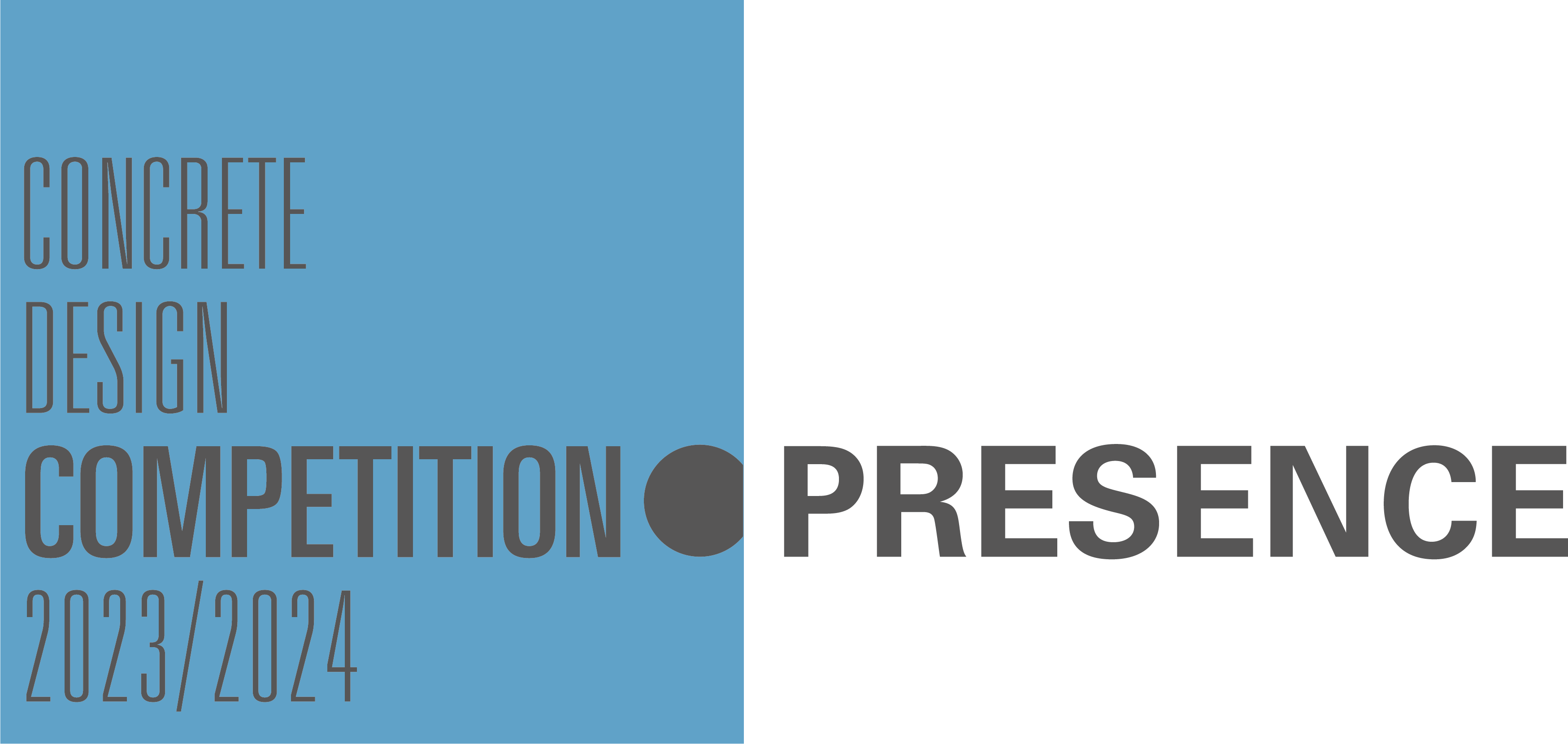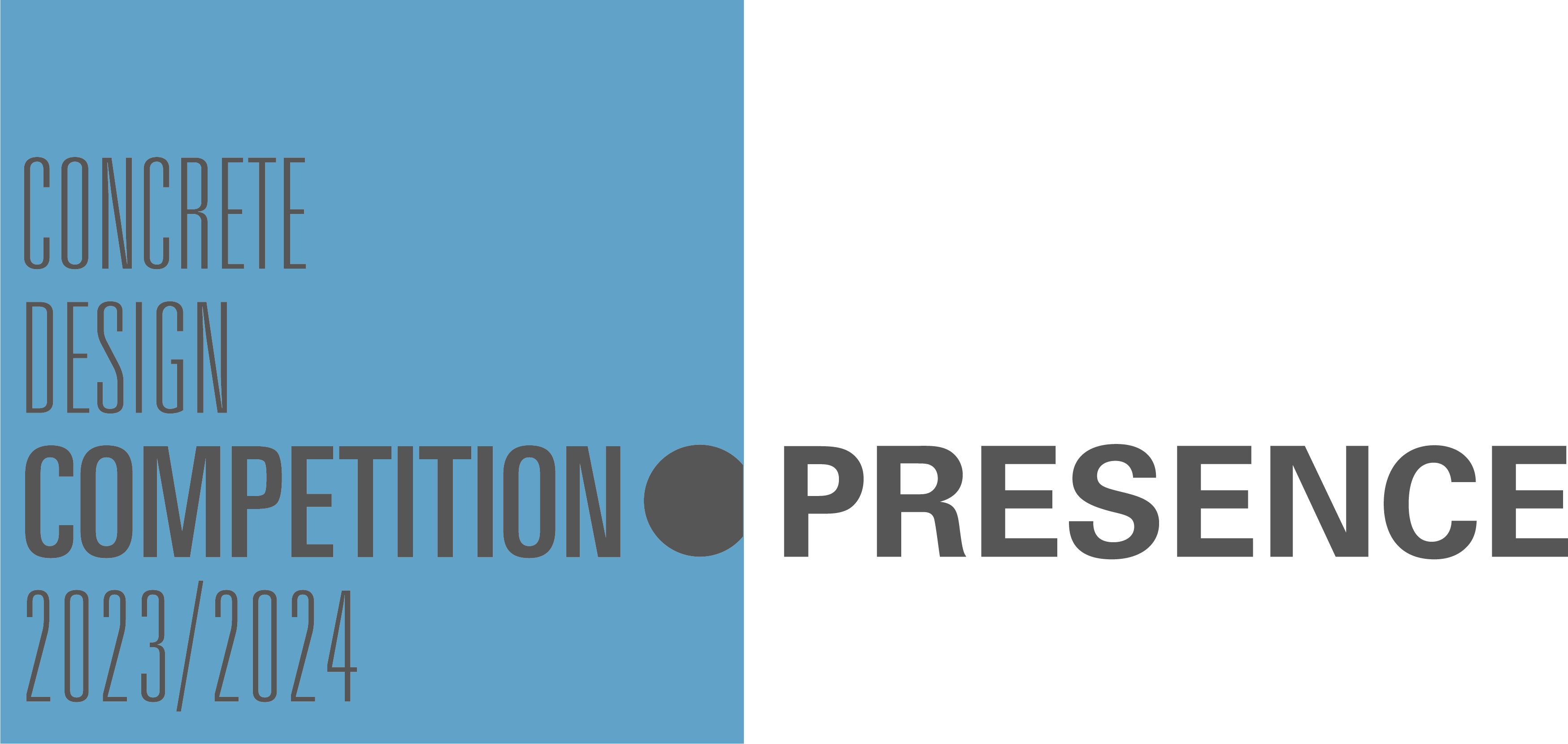One of the most unique characteristics of concrete is that it distinguishes itself from other building materials in the manner in which it is applied. Where other materials mainly find their function and shape by means of a process of combining pre-formed elements. Concrete is a monolithic material; its embedded properties can manage a range of structural and architectural functions. All required needs in one simple act. Its process of application is seemingly complex; liquid when ‘shaped’ and solid when ‘functioning’. It is this process of metamorphosis that lends concrete its challenges in terms of fabrication: the need for formwork, dependency on production circumstances and the time needed to gain required strength for example. Equally it provides the means to obtain optimal formal expression, achieve complex elements and, not in the least, produce seamless monolithic structures. Even though the metamorphosis of the material is a scientific, controlled and mostly straightforward process, it grants an almost magical quality to concrete.
Transforming from liquid to solid demands controlled support: the formwork. Recent developments in additive and subtractive manufacturing techniques like cnc-milling and 3d printing provide for fascinating opportunities to push the envelope of formwork technologies. Whilst these methods have been broadly tested on predominantly small-scale projects, a general economic viability of them seems to surface at present. Slightly further away, but upcoming and at least as promising, are developments on controlling form predictability and production with fabric formwork. A technique most suitable for all ‘form freedom’ aspirations, straight and orthogonal shapes are simply impossible. Transformation from prototyping and showcasing into mainstream production demands a larger timespan, like with all new and upcoming technologies. Now seems to be the time to push for this change.
Concrete takes an attractive position in the dialogue between economics, durability and versatility. When considering an array of embedded material properties in relation to functional life-time-cycles, structural building elements tend to over-perform. They easily outlive the functional lifespan of any building erected in the last 100 years. A huge potential for concrete to facilitate, induce and entice an entirely different notion of metamorphosis.
The 7th Concrete Design Competition on METAMORPHOSIS asks students of architecture, design and engineering to explore and exploit the potential of concrete’s properties with respect to any notion of METAMORPHOSIS. These can be related to inherent material properties as well as to concrete’s application in new or existing structures. They may address aesthetic desires, structural systems or fabrication methods and comment on economic realities, sustainability demands or social issues.
This competition does not prescribe a specific location or program; participants can choose a context of their own that supports their fascinations and ambitions and that fits an acute presentation of their ideas. Proposals may range from objects, furniture and architectural details to housing, landscape interventions, complex buildings, infrastructure and structural systems. Competition entries need to address technical and functional aspects as well as formal and programmatic ones – ideas need to be tested through design proposals to demonstrate their potential convincingly. They will be reviewed on the combination of inventiveness in addressing the competition’s theme and architectural implications.
The 7th Concrete Design Competition – METAMORPHOSIS runs in four European countries during the academic year 2015 - 2016. National laureates will be invited to participate in a weeklong international workshop facilitated by the industry’s expertise featuring renowned lecturers and critics, further exploring concrete and metamorphosis.
7TH CONCRETE DESIGN COMPETITION ON METAMORPHOSIS
met•a•mor•pho•sis (mĕt′ə-môr'fə-sĭs) n., pl. -ses (-sēz′)
1. A transformation, as by magic or sorcery.
2. A marked change in appearance, character, condition, or function.
3. Biology. A change in the form and often habits of an animal during normal development after the embryonic stage. Metamorphosis includes, in insects, the transformation of a maggot into an adult fly and a caterpillar into a butterfly and, in amphibians, the changing of a tadpole into a frog.
4. Pathology. A usually degenerative change in the structure of a paretical body tissue. [Latin metamorphosis, from Greek, from metamorphoun, to transform : meta-,meta-+morphe, form.]
THE AMERICAN HERITAGE DICTIONAIRY
OF THE ENGLISH LANGUAGE
metamorphosis
Metamorphosis came into English via Latin from Greek metamorphoun 'transform, change shape.' It was introdcuced from the Metamorphoses, a large collection of verse stories by Ovid (43 BC - AD 17 or 18), about transformations of gods and mortal into objects, plants, or animals. In the 1980s morph, derived from metamorphosis, came to be used in computere animation for the merging of one image into another, although the idea was already faimiliar to young television viewers in the UK from the character of Morph, a stop-motion plasticine character created by Aardman Animations from 1977, who would mutate in the same way.
THE OXFORD DICTIONARY OF WORD ORIGINS
COMPETITION RESULTS
FM175- When A Fire Starts To Burn
Ireland
Aoife Flynn, Poilina Mullan – Dublin Institute of Technology
HT308 - Sun Sails
Germany
Sebastian Schuch, Michael Wagner, Pol Firmenich, Daniela Repplinger, Lorenz Reiter, Kirsten Verstraeten, Niklas Emmerich – Hochschule Trier
KH289 - Concrt'ing The Dots
Turkey
Hüseyin Çifel, Hacer Boskurt, Kamile Öztürk – Istanbul Technical University
LO619 - Concrete In Action
Belgium
Bruce Forton, Lennert van Rompaey, Bastien Damsin, Thomas Schoukens – VUB
OI042 - Vom Trümmerberg zum Denkmal
Germany
Elisabeth Pabst, Paul Jäger – Hochschule für Technik, Wirtschaft und Kultur Leipzig
COMPETITION JURORS
Belgium
Abdelmajid Boulaioun, Niklaas Deboutte, Goedele Desmet, Christine Fountaine, Dirk Jaspaert
Germany
Christiane Bohlmann, Uta Graff, Rainer Grumpp, Heike Klussman, Luise Rellensmann, Ulrich Nolting, Alexander Schwarz
Ireland
Eoghan O Shea, Tom de Paor, Kieran McGonigle, Nathalie Weadick
Turkey
Ferhat Hacialibeyoglu, Cem Ilhan, Nurbin Paker, Nilufer Kozikozgu, Yesim Hatirli
MASTER CLASS METAMORPHOSIS: ARCHITETURAL POTENTIAL INFRA LEICHT BETON
Concrete Design Master Class on METAMORPHOSIS – 2016 Berlin
video & editing:
bureaubakker – Siebe Bakker & Elise Buiter
Tutors
Siebe Bakker (bureaubakker), Elise Buiter (bureaubakker), Kim Degen (bureaubakker)
Experts, critics and lecturers
Prof. Dr. sc. techn. Mike Schlaich (DE), Dr.-Ing. Arndt Goldack (DE), Marije Kampfraath (NL), Gregor Zimmermann (G.tecz), Wolfgang Schaffer (DE), Ulrich Nolting (DE), Mirjam Thomann (DE), Frank Barkow, Alex Huckler
Support:
University Berlin
Photography:
bureaubakker – Elise Buiter

